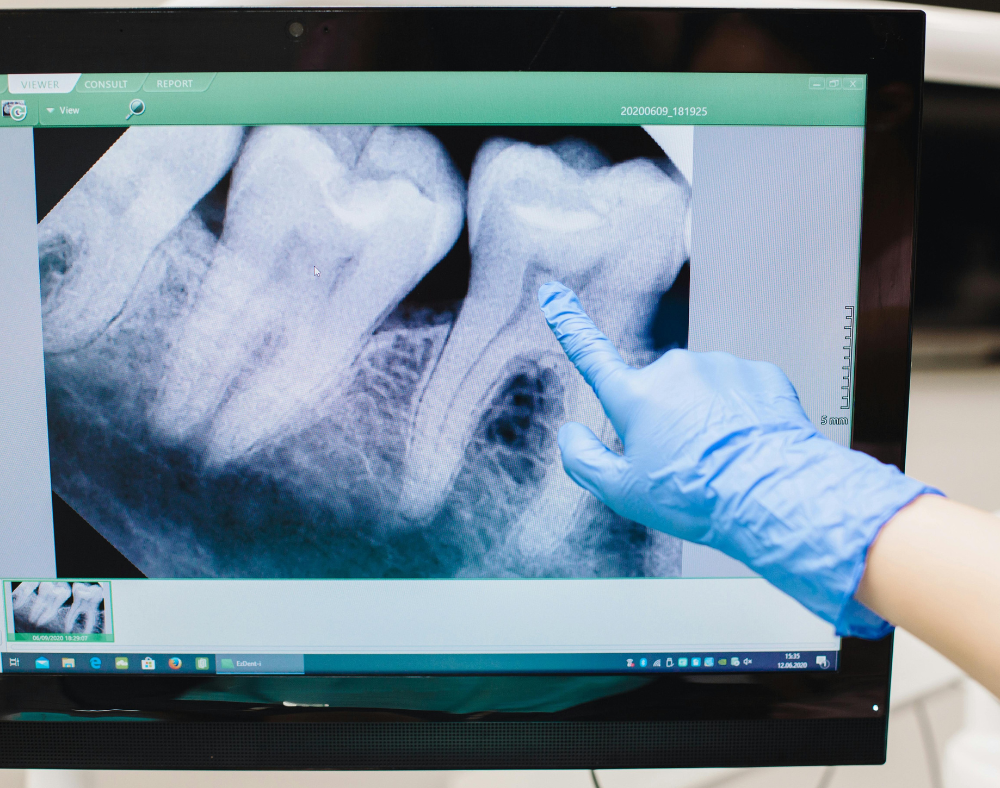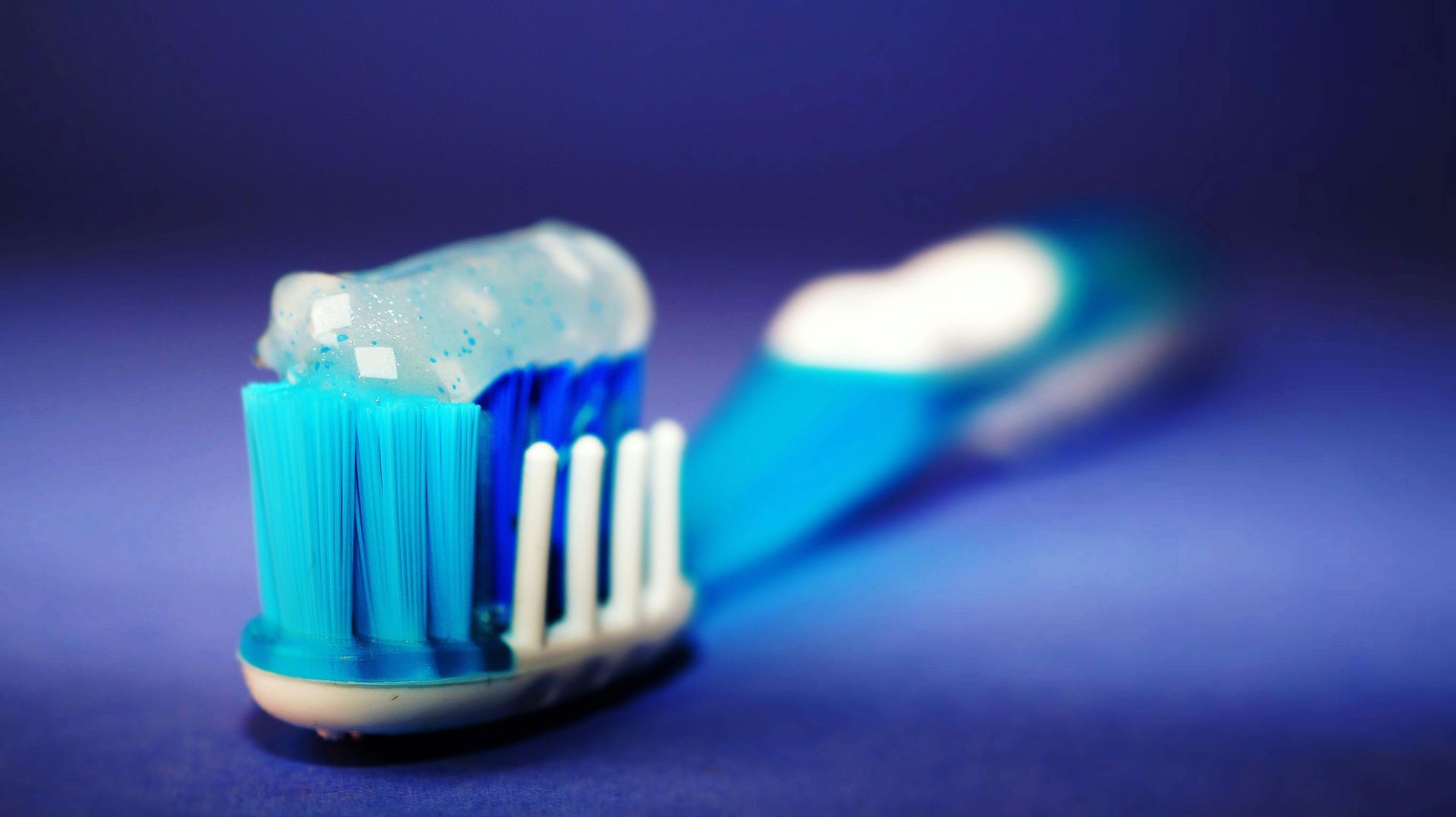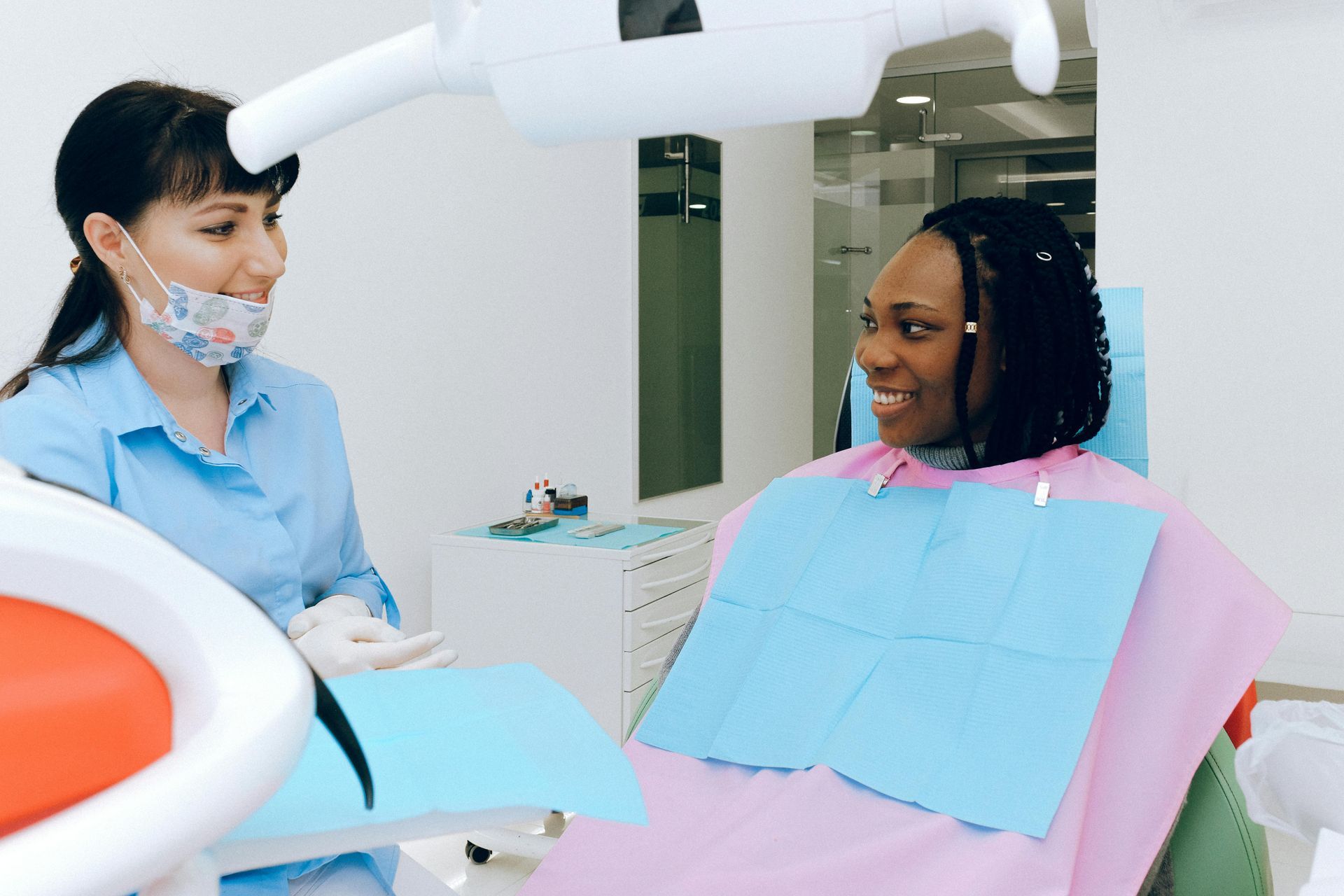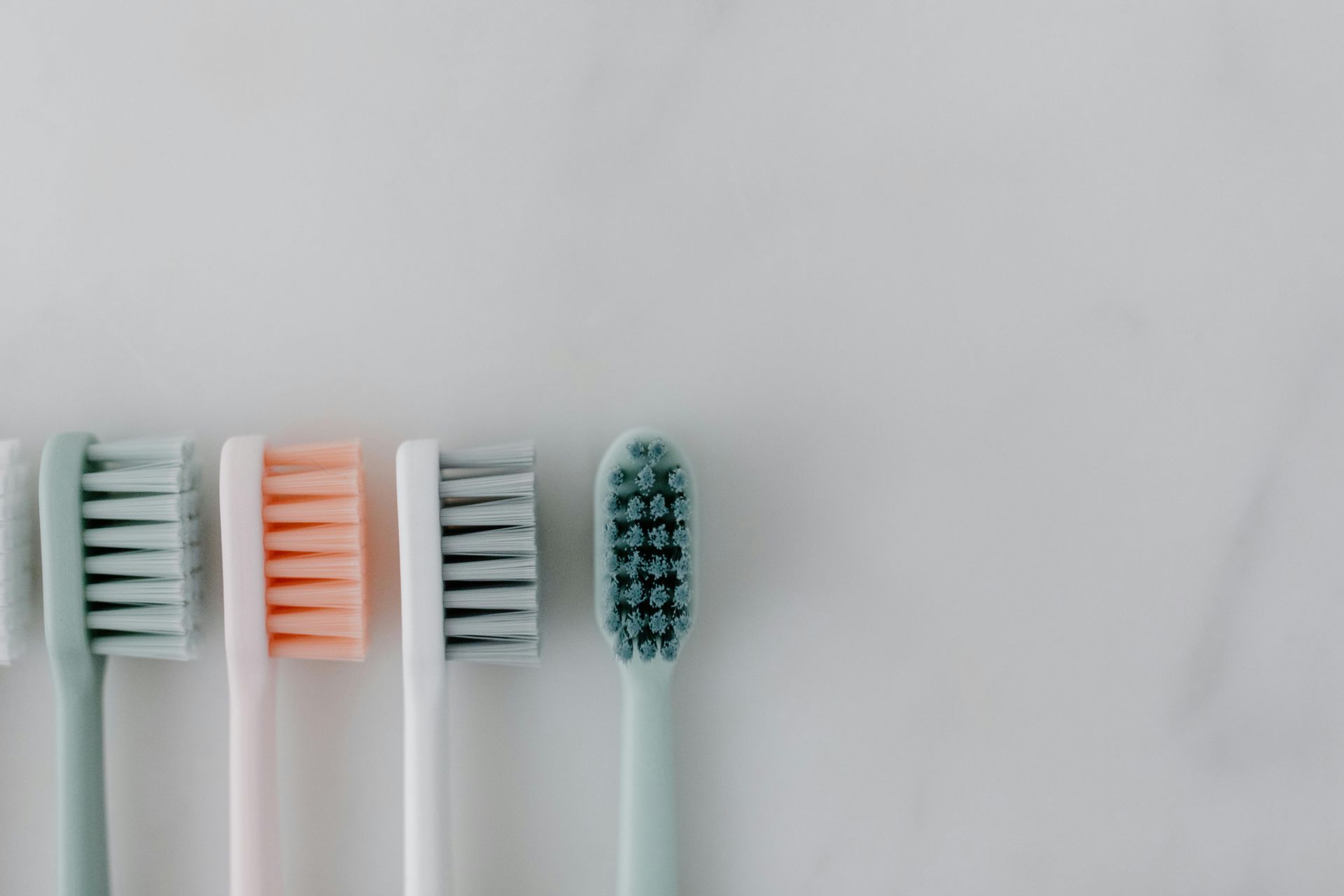Understanding Veneers
What is a Veneer?
Should I choose this to improve my smile?
Executive summary - Teeth bleaching and straightening can produce excellent results and are frequently more cost-effective if you want to improve your smile, however they may take a bit longer.

Dental veneers are one way to improve the appearance of the teeth. As the name implies it is a facade placed over the front surfaces of the teeth - usually several teeth all at once. Veneers are generally made from tooth colored ceramics and permanently bonded to the underlying tooth. The fabrication typically takes place off-site at a dental laboratory.
Prep v. No Prep
A veneer can be bonded directly on the tooth with no modification, however more commonly some or all of the enamel on the front of the tooth is removed “prepped” and then the veneer is crafted to replace what was there before.
No prep veneers for multiple teeth are generally not as natural looking because they necessarily add thickness to the front of the teeth. So oftentimes they’ll look a bit bulbous and obvious, especially at the gumline. Also if the veneers are being placed to mask a tooth discoloration then the very thin nature of the no-prep veneer may not be able to completely mask out the underlying shade.
A “prepped” veneer is the the alternative - in this case, all the teeth to be restored are anesthetized (numbing shots) and part or all of the enamel is removed. Then an impression or scan is taken and sent to the laboratory who will actually fabricate the veneers. Temporary veneers are then placed over the teeth that will stay on during the fabrication period (usually 2-3 weeks). At a second appointment the temps are removed and the final veneers are permanently bonded on.
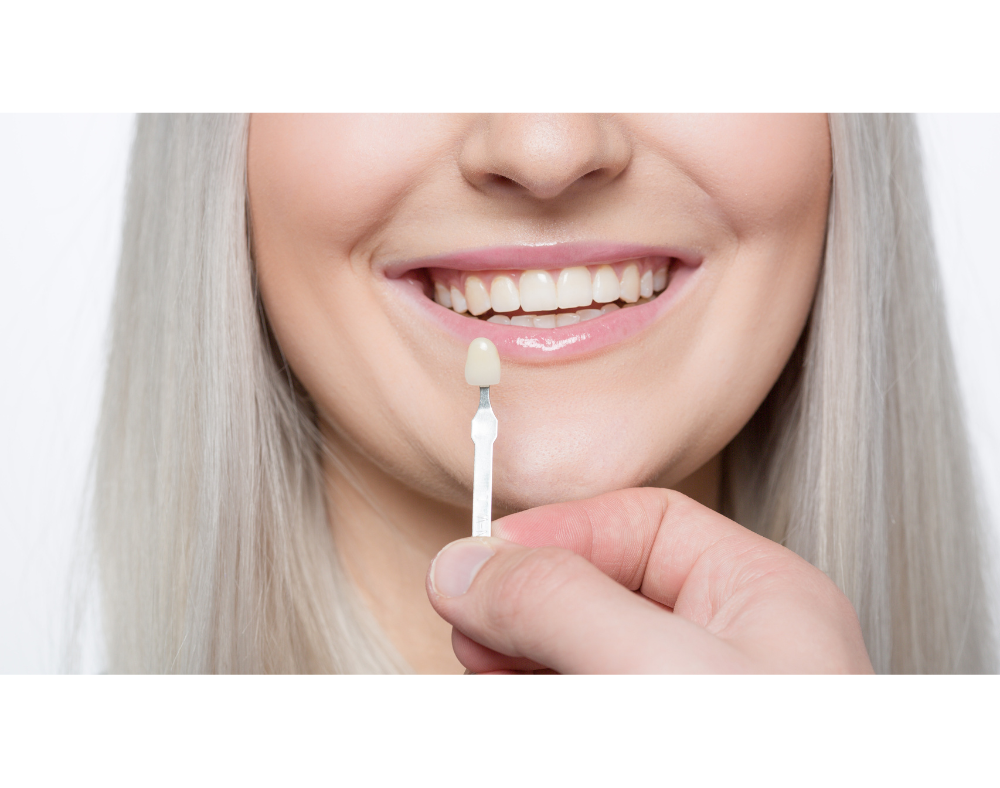
Strengths:
- Prepped ceramic veneers provide maximum control over the shape, color and character of the final restorations.
- If enough teeth are included you can achieve incredible consistency and symmetry between all the treated teeth.
- Speed. Compared to other esthetic improvement options - see later discussion - this treatment can be completed in a matter of weeks.
Challenges:
- Expense - veneers are generally charged similarly to dental crowns. As of this writing (end of 2024) , in the SF Bay Area the cost is about $2000 per tooth. Insurance generally does not cover these expenses. Typical minimum treatment would be 4 front teeth, but the appearance is better with 8 or 10 uppers (the teeth that show when you smile.)
- Greater importance of home maintenance compared to unrestored teeth - now there are “edges” of the veneers that are a critical place to keep clean so that cavities don’t start there.
- Very technique sensitive - the restoring dentist needs skill, experience, and judgment. There are many considerations which if improperly handled can make for veneers that don’t look good and/or break easily, such as: proper design/planning PRIOR to preparing teeth, consideration of the bite arrangement, appropriate prep depth and design, thoughtful ceramic selection, stump shade and final shade choice, proper lab selection and communication, careful soft tissue management - especially with regard to the temporary creation, bonding technique, etc, etc…… Please consider Googling “botched dental veneers”. Keep in mind that a botched job is actually even worse than just paying twice - a poor initial treatment can actually permanently ruin things that cannot be regenerated, only “managed.”
- Irreversibility - once you have veneers you cannot reverse course, you can only redo the veneer(s). And even when redoing veneers you cannot recreate more tooth structure. There ARE many possible failure modes - chipping, decay, debonding would be the primary complications and are solved by redoing the veneer. Less common would be problems with the nerve of the teeth (root canals required) or periodontal issues (gum recession, bone loss/tooth loosening).
- Examples of a poor case management:
- Pt desires veneers because the front teeth are worn and chipped at the edges. The wear and chipping is actually because of a deep overbite and includes excessive tooth loss on the back side of the front teeth. (This is VERY COMMON). If veneers are done without correcting the underlying problem with braces FIRST, then the veneers look nice when done, but end up chipping and debonding all the time. The solution would be to do braces and correct the bite, and then probably redo all the veneers a second time. Obviously not ideal.
- Doctor removes an excessive amount of tooth structure, the remaining structure of the tooth now offers too little surface area for the cement to securely bond the veneer. Result - veneers unlikely to break, but they pop off all the time. Solution - live with the reality of veneers that pop off unexpectedly or possibly do periodontal surgery to expose more of the front tooth/root surface, then redo all the veneers again and they appear longer now (this could be good or bad, depending on how they were before).
- This is a VERY COMMON problem when lower front teeth are to be treated. Those teeth are already very small and by the time you prep them sufficiently for the required veneer thickness, even with the best attention being paid, there’s just not a lot of tooth left. I try to avoid lower front teeth veneers and crowns whenever possible.
Other esthetic options:
Straighten and bleach - this is almost always my preferred choice for teeth that are otherwise healthy and have minimal prior restorations. Whether Invisalign or fixed ortho and then a few weeks of home or in-office bleaching. Generally this is lower cost and less invasive than veneers although the orthodontic part might take a bit longer.
Strengths:
- Preserves your own enamel, unlikely to have problems with the nerves inside the teeth or periodontal problems due to orthodontic work or bleaching.
- Less costly
- E.g. Current Invisalign cost ~ $5500 Kor Max (combind at home and in office bleaching) - $950. Total would be $6450 - basically a little more than the cost of 3 veneers.
Challenges:
- Longer time of treatment (ortho - 6-12 months, sometimes more. Bleaching - typically 2-3 weeks)
- Invisalign and home bleaching requires some patient compliance.
- Whitening does not change the color of PRIOR crowns or fillings; this can either limit the amount of bleaching possible OR require some redoing of restorations if they are left too dark.
Direct bonding aka composite veneers.
This is kind of like no prep veneers except you bond tooth colored filling directly to the front of the tooth. This is all done in one session. I do not favor this technique as it tends to look monochromatic and dull quickly. It also makes for LONG in chair sessions since the dentist is doing all the work directly on the tooth instead of outsourcing that work to an off site dental lab. Also generally not as strong as a ceramic “indirect” veneer. They CAN be done nicely, but finding a dentist who is great at this would probably cost you as much as just getting stronger ceramic veneers done.
Takeaway - best cases for ceramic veneers:
- Bite is “friendly” to veneers or can become so through ortho.
- Low cavity history/risk.
- Many front teeth are already restored and the existing work is kind of looking “patchy” - different colors visible, lots of edges of prior fillings that readily show a color mismatch and would not be improved with bleaching.
- Crowding is minimal or can be made so with ortho.
- Widespread unbleachable discoloration or enamel defects
- Probably commit to wearing a nightguard at night after treatment to help avoid chipping/debonding the veneers from even occasional grinding.
- Periodontal status - healthy.
